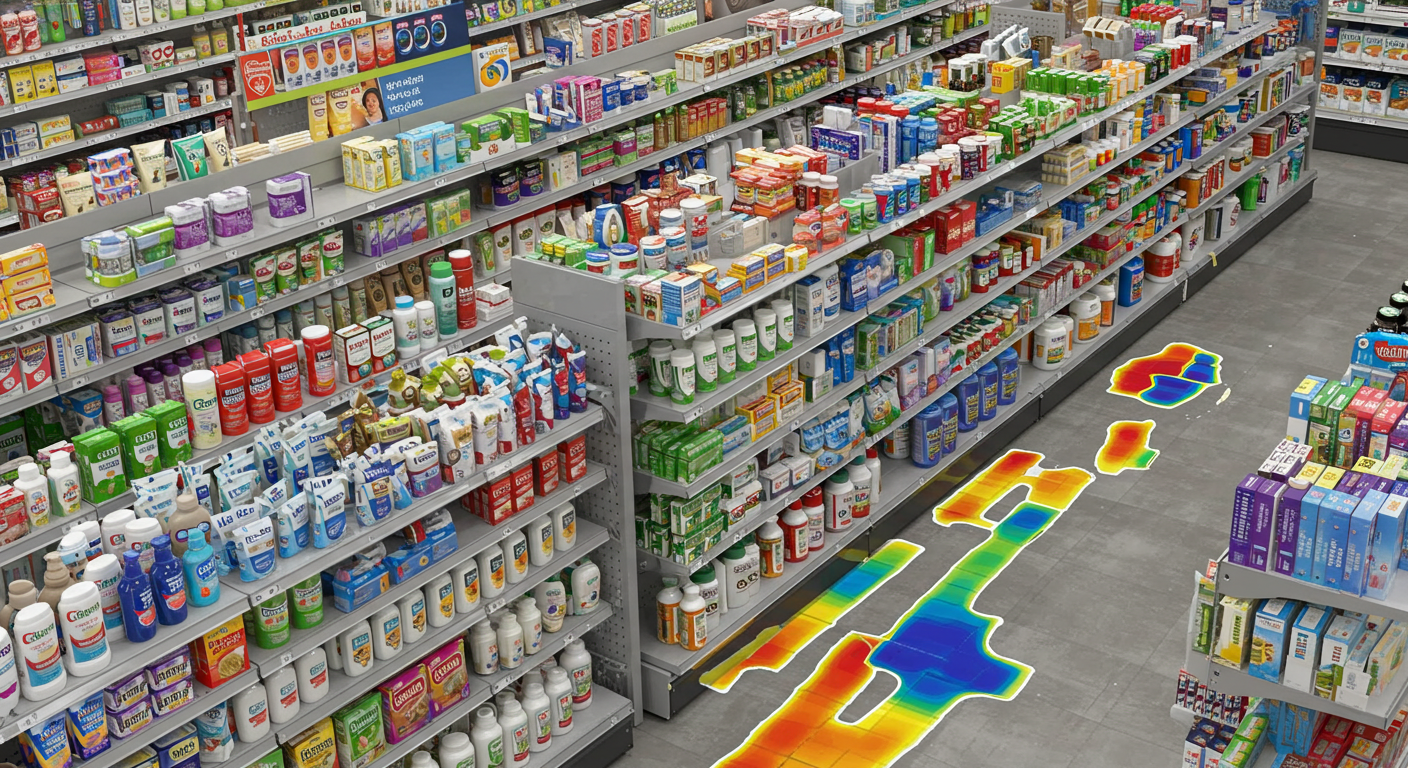Tag: Business
-

Data and merchandising go hand-in-hand! Use sales info to identify slow-moving (Category C) OTC items. Strategically place them in decompression zones to boost sales. Analyze buying trends (allergy season, school breaks) to adjust shelf placement for maximum impact. Data empowers informed decisions, reducing expiries and maximizing profits!
-

Struggling with short-expiry or slow-moving items? Merchandising can help! Place them strategically at eye-level or near complementary products. Consider bundling for added value. While interaction might be limited, consider layouts that encourage customers to explore these hidden gems on your shelves.
-

Choosing pharmacy suppliers? Don’t risk product raids or cash flow issues! Key considerations: – Legally registered suppliers: Avoid unregistered sources to protect your business. – Supplier location: Consider lead time and impact on cash flow. – Local Technical Representatives (LTRs): Explore their offerings and pricing. – Start smart: Minimize debt to manage unforeseen challenges and…
-

Safety stock is crucial to prevent stockouts, acting as a buffer between forecasted quantities and demand levels. Calculating safety stock level for each item is vital, particularly for products with high demand variability. The formula for calculating safety stock and its linkage to the reorder point are key. Inaccurate forecasting and supplier challenges can impact…
-

The reorder level in your pharmacy determines when to order from suppliers, not the quantity. Calculating it prevents under/overstocking. The formula is Reorder Level = (Lead Time x Average Daily Consumption) + Safety Stock. Accurate levels boost cash flow, manage demand variability, and enhance customer loyalty. Consider challenges such as demand variables and economies of…
-

The XYZ analysis refines the ABC framework by considering product demand variations at your pharmacy. It helps reduce the risk of overstocking, improve forecasting accuracy, and lower inventory costs. Category X products have low demand variability (<10%), category Y has moderate variability (10-30%), and category Z has the highest variability. Combining XYZ with ABC gives…
